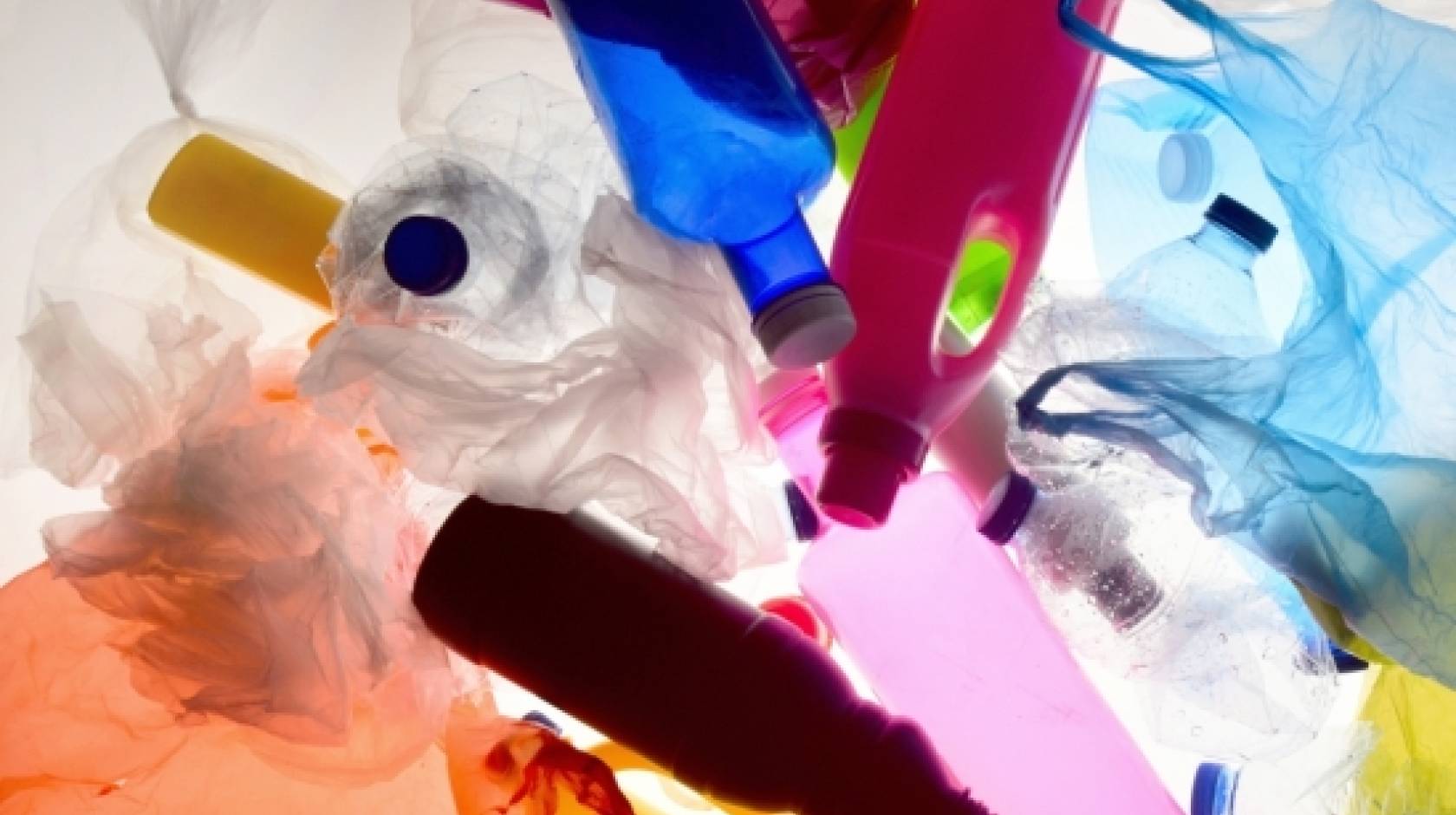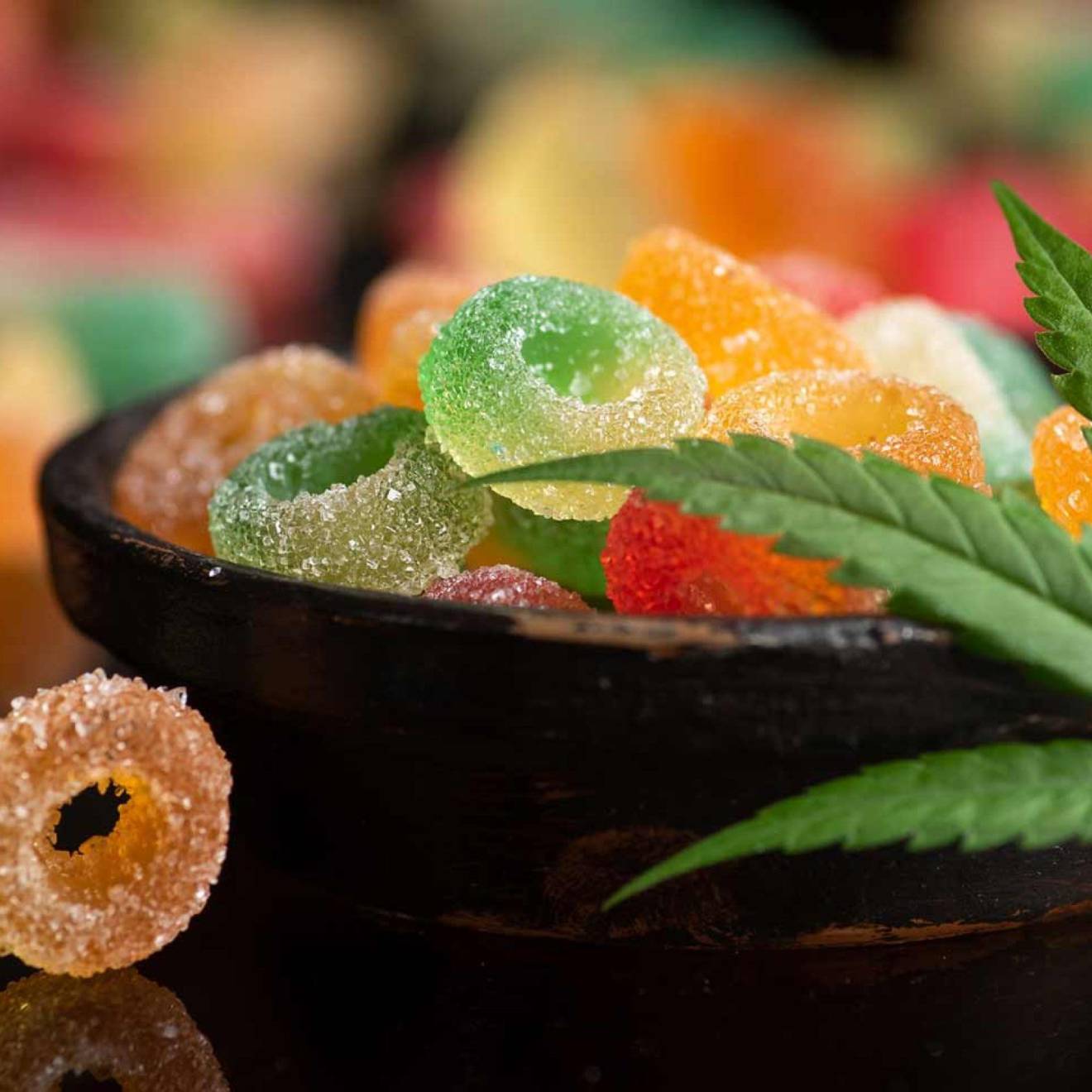Sonia Fernandez, UC Santa Barbara

When we started using plastics about 70 years ago, not much thought — if any — was given to the implications of their lifespan and the fact that they can take centuries to decompose. Consequently, as plastics have diversified and become easier to manufacture, the planet is now straddling some 8.3 billion tons of the stuff — almost every bit of plastic ever produced — without enough technology or incentives to shrink that growing pile. Plastic is cheaper and easier to produce and throw away than it is to recycle.
UC Santa Barbara researchers Susannah Scott and Mahdi Abu-Omar are poised to shift this decades-old paradigm.
How? With a one-pot, low-temperature catalytic method that upcycles polyethylene — a polymer that is found in about a third of all plastics produced, with a global value of about $200 billion annually — into high-value alkylaromatic molecules that are the basis of many industrial chemicals and consumer products. Adding value to what would otherwise become trash could make plastic waste recycling a more attractive and practical pursuit with an environmentally beneficial outcome.
“Here’s a potential solution,” said Scott, who with her colleagues has now published their research in the journal Science. Their effort, she said, is one in a growing list of possible measures that can be taken to turn plastic’s linear, wasteful economy into a more sustainable, circular one.
“This is a demonstration of what can be done,” she said.
Closing the loop on plastic waste
There’s no denying that modern existence owes a lot to plastics, from the packaging that keeps foods fresh, to the sterile materials used in medical applications, to the cheap, lightweight parts that go into many of our affordable, durable goods.
“There are many positive things about plastics that we have to keep in view,” said Scott, a professor of chemistry and of chemical engineering at UC Santa Barbara, who holds the UCSB Mellichamp Chair in Sustainable Catalytic Processing. “At the same time, we realize that there is this really serious end-of-life issue which is an unintended consequence.”
The property that makes plastics so useful is also what makes them so persistent, the researchers explained. It’s their chemical inertness — they generally don’t react to other components of their environment. Plastic pipes don’t rust or leach into the water supply, plastic bottles can store caustic chemicals, plastic coatings can resist high temperatures.
“You can put one of these pipes in the ground and a hundred years later you can dig it up and it’s exactly the same pipe and it keeps your water completely safe,” Scott said.
But this quality of inertness also makes plastics very slow to break down naturally and very energy intensive to do so artificially.
“They’re made with carbon-carbon, and carbon-hydrogen bonds, and they’re very difficult to chemically recycle,” explained fellow chemistry and chemical engineering professor Abu-Omar, who specializes in energy catalysis and holds the UCSB Mellichamp Chair in Green Chemistry. Though much research effort has been spent on learning how to reduce plastics to their basic components for sustainability purposes, the energy cost “has plagued the field for a long time,” the researchers said. Even the benefit of converting these building blocks into high-value molecules is limited when it’s cheaper to do the same from extracted petroleum.
“On the other hand, if we could directly convert the polymers to these higher-value molecules and completely cut out the high-energy step of going back to these building block molecules, then we have a high-value process with a low energy footprint,” Scott said.
That innovative line of thinking produced a new tandem catalytic method that not only creates high-value alkylaromatic molecules directly from waste polyethylene plastic, it does so efficiently, at low cost and with a low energy requirement.
“We brought the temperature of the transformation down by hundreds of degrees,” Scott said. Conventional methods, according to the paper, require temperatures between 500 and 1000°C to break down the polyolefin chains into small pieces and reassemble them into a mixture product of gas, liquid and coke, while the optimal temperature for this catalytic process hovers in the neighborhood of 300°C. The relatively mild reaction condition helps break down polymers in a more selective way to a majority of larger molecules within a lubricant range, the researchers explained. “And, we simplified the number of steps in the process because we’re not doing multiple transformations,” Scott said.
In addition, the process requires no solvent or added hydrogen, just a platinum on alumina (Pt/Al2O3) catalyst for a tandem reaction that both breaks those tough carbon-carbon bonds, and rearranges the polymer’s molecular “skeleton” to form structures with those characteristic six-sided rings — high-value alkylaromatic molecules that find widespread use in solvents, paints, lubricants, detergents, pharmaceuticals and many other industrial and consumer products.
“Forming aromatic molecules from small hydrocarbons is difficult,” added the paper’s lead author, postdoctoral researcher Fan Zhang. “Here, during aromatics formation from polyolefins, hydrogen is formed as a byproduct and further used to cut the polymer chains to make the whole process favorable. As a result, we get long-chain alkylaromatics, and that’s the fascinating outcome.”
This method represents a new direction in the lifecycle of plastics, one in which waste polymers could become valuable raw materials instead of winding up in landfills, or worse, in waterways and other sensitive habitats.
“This is an example of having a second use, where we could make these raw materials more efficiently and with better environmental impact than making them from petroleum,” Abu-Omar said. Research must still be conducted to see where and how this technology would be most effective, but it’s one strategy that could help mitigate the accumulation of plastic waste, recoup their value and perhaps reduce our dependency on the petroleum that plastics come from.
“We dig a hole in the ground, we produce, we make, we use, we throw away,” Abu-Omar said. “So in a way, this is really breaking that way of thinking. There’s interesting science to be done here that will lead us into new discoveries, new paradigms and new ways of doing chemistry.”
Research on this paper was conducted also by co-lead author Manhao Zeng, Jiakai Sun and Yu-Huan Lee at UCSB; Ryan D. Yappert and Baron Peters at the University of Illinois at Urbana-Champaign and Anne M. LaPointe at Cornell University.

